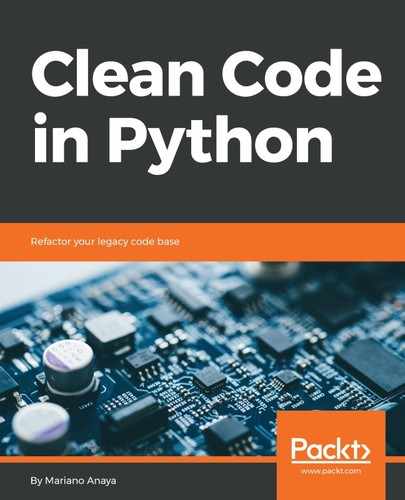Containers are objects that implement a __contains__ method (that usually returns a Boolean value). This method is called in the presence of the in keyword of Python.
Something like the following:
element in container
When used in Python becomes this:
container.__contains__(element)
You can imagine how much more readable (and Pythonic!) the code can be when this method is properly implemented.
Let's say we have to mark some points on a map of a game that has two-dimensional coordinates. We might expect to find a function like the following:
def mark_coordinate(grid, coord):
if 0 <= coord.x < grid.width and 0 <= coord.y < grid.height:
grid[coord] = MARKED
Now, the part that checks the condition of the first if statement seems convoluted; it doesn't reveal the intention of the code, it's not expressive, and worst of all it calls for code duplication (every part of the code where we need to check the boundaries before proceeding will have to repeat that if statement).
What if the map itself (called grid on the code) could answer this question? Even better, what if the map could delegate this action to an even smaller (and hence more cohesive) object? Therefore, we can ask the map if it contains a coordinate, and the map itself can have information about its limit, and ask this object the following:
class Boundaries:
def __init__(self, width, height):
self.width = width
self.height = height
def __contains__(self, coord):
x, y = coord
return 0 <= x < self.width and 0 <= y < self.height
class Grid:
def __init__(self, width, height):
self.width = width
self.height = height
self.limits = Boundaries(width, height)
def __contains__(self, coord):
return coord in self.limits
This code alone is a much better implementation. First, it is doing a simple composition and it's using delegation to solve the problem. Both objects are really cohesive, having the minimal possible logic; the methods are short, and the logic speaks for itself—coord in self.limits is pretty much a declaration of the problem to solve, expressing the intention of the code.
From the outside, we can also see the benefits. It's almost as if Python is solving the problem for us:
def mark_coordinate(grid, coord):
if coord in grid:
grid[coord] = MARKED
